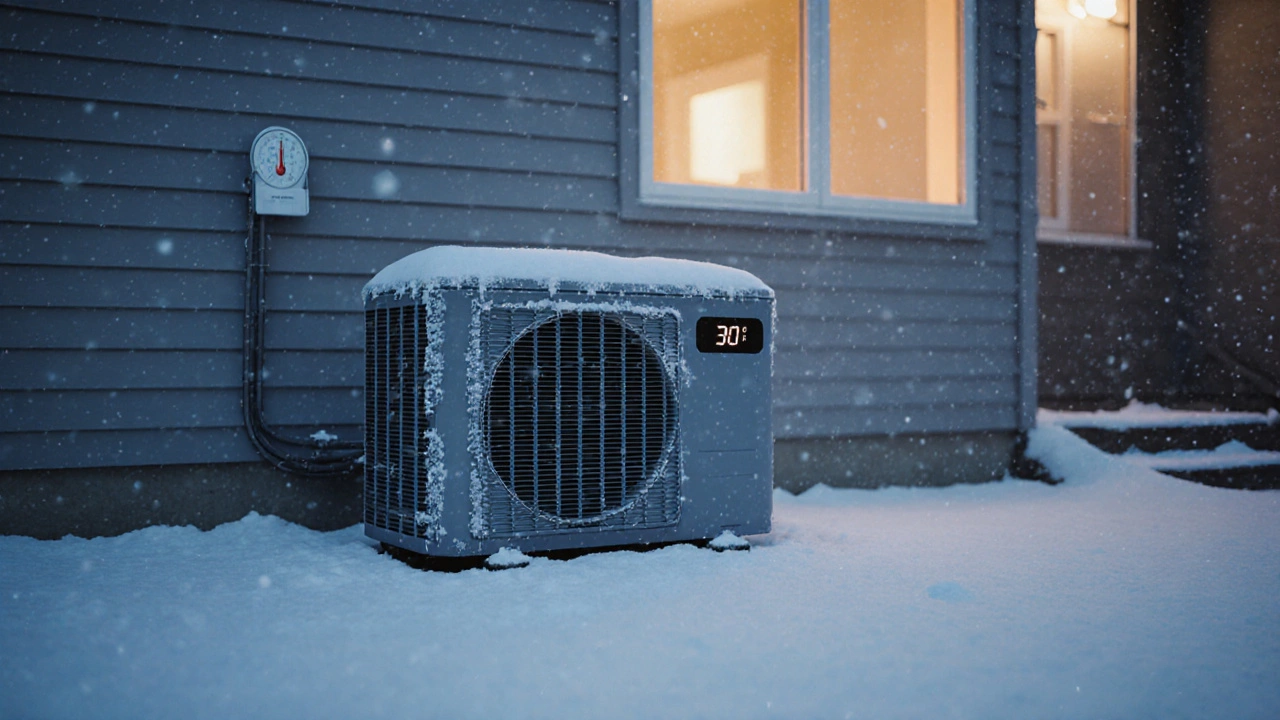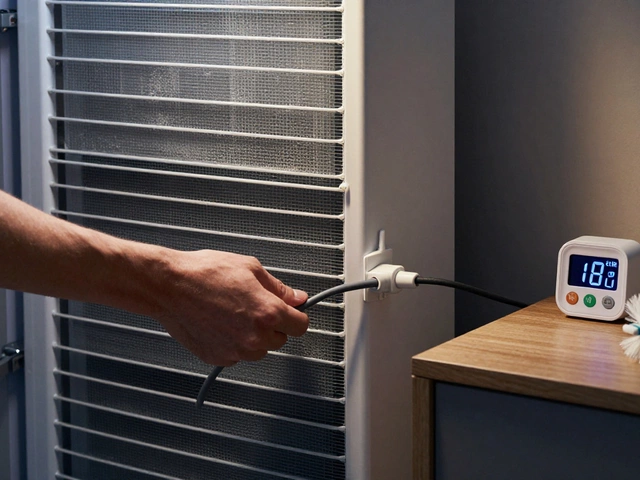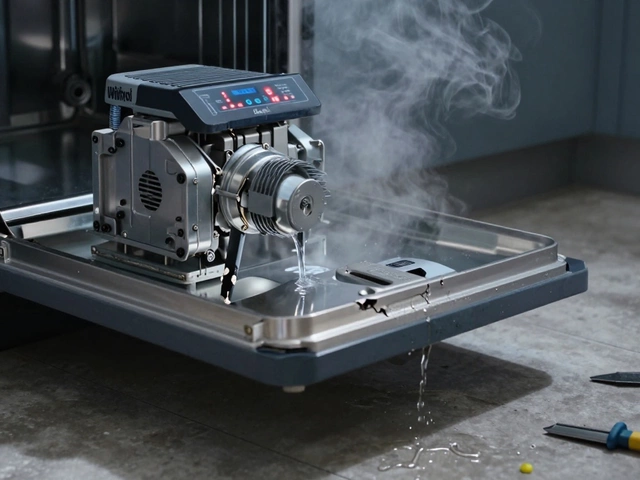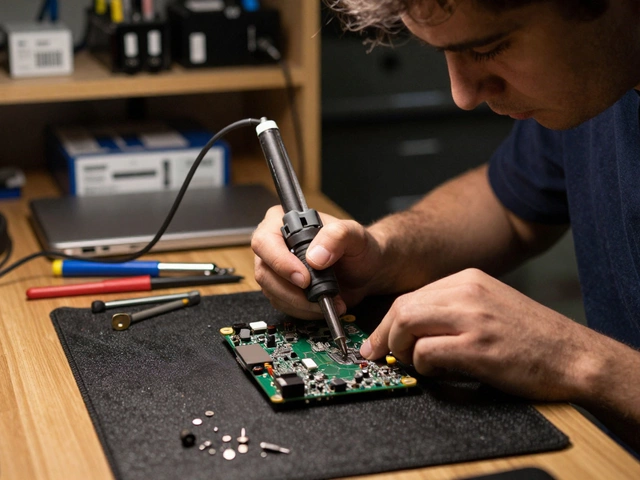Heat Pump Efficiency: Boost Your Home’s Comfort and Savings
When you’re looking at heat pump efficiency, the ability of a heat pump to turn electricity into heat with minimal waste, heat pump performance, you’re basically asking how much warmth you get for each unit of power. Heat pump efficiency matters because it directly impacts your energy bills and indoor comfort. It’s not just a technical spec – it’s the reason your heating system can keep the house cozy on a cold night without blowing your budget.
One of the most common ways to look at efficiency is the coefficient of performance (COP), a ratio that shows how many units of heat are produced for every unit of electricity consumed. A higher COP means more heat for the same electricity, which translates to lower costs. For example, a COP of 3.5 means you get 3.5 kW of heat for each 1 kW of power. This figure changes with outdoor temperature, so understanding the seasonal performance factor (SPF) helps you see how the pump will behave throughout the year.
The HVAC system, the heating, ventilation, and air‑conditioning network that distributes conditioned air throughout your home works hand‑in‑hand with the heat pump. If the ductwork is leaky or the airflow is restricted, the pump has to work harder, dragging down its efficiency. Simple steps like sealing ducts, cleaning filters, and ensuring proper blower speed can keep the system running at its best.
Thermostat settings are another low‑effort lever. Setting the thermostat just a couple of degrees lower in winter and using programmable schedules can shave off a noticeable chunk of energy use. Many modern thermostats even learn your habits and adjust the heat pump’s operation to avoid unnecessary cycles, which helps maintain a steady COP.
Regular maintenance keeps the efficiency curve from flattening over time. A quick annual check that includes cleaning the outdoor coil, inspecting the refrigerant charge, and verifying the fan motor’s performance can prevent the gradual loss of up to 15 % in efficiency that neglected units often suffer. If you notice ice buildup on the coil, it’s a sign the defrost cycle isn’t working correctly – fixing that can restore lost heat output quickly.
All these factors—COP, HVAC integration, thermostat programming, and maintenance—create a web of influences that determine your energy savings, the reduction in utility costs you achieve by operating the system efficiently. By addressing each link in the chain, you maximize the return on your heat pump investment and keep your home comfortable year‑round.
Below you’ll find a curated set of articles that dive deeper into each of these topics. From spotting common heat pump malfunctions to tweaking your thermostat for optimal performance, the collection gives you practical steps you can take right now. Keep reading to turn the theory into action and get the most out of your heat pump.
When Does a Heat Pump Lose Efficiency? Temperature Limits Explained
- Alden Wilder
- Oct 22 2025
- 0 Comments
Learn the temperature thresholds where heat pumps lose efficiency, how different models compare, and practical tips to keep them running smoothly in cold weather.
View More



